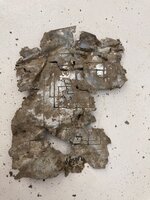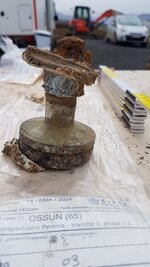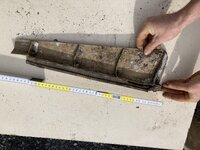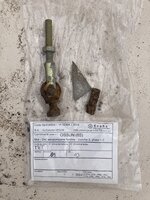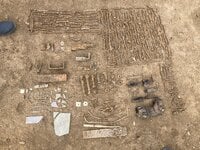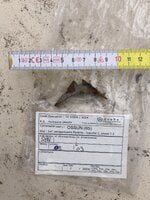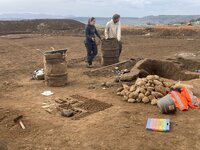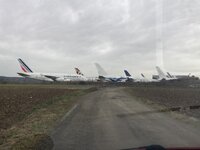gillescollaveri
Airman
- 52
- Dec 25, 2020
dear all
Recent diggings in Tarbes airport (South West of France) brought to light a plate of a relay with P/N 9-9519B look at the picture attcehd
I could see here :
9-9519 | Suchergebnisse | Deutscheluftwaffe
that it was installed on Ju88.
But in Tarbes, we had JG101 with Bf109, FW190, Arado 96 and other Bucker Jungmeister..
So, my question is : on which type of aircraft was the relay 9-9519B fitted ?
Thanks for your expertise;
Recent diggings in Tarbes airport (South West of France) brought to light a plate of a relay with P/N 9-9519B look at the picture attcehd
I could see here :
9-9519 | Suchergebnisse | Deutscheluftwaffe
that it was installed on Ju88.
But in Tarbes, we had JG101 with Bf109, FW190, Arado 96 and other Bucker Jungmeister..
So, my question is : on which type of aircraft was the relay 9-9519B fitted ?
Thanks for your expertise;

